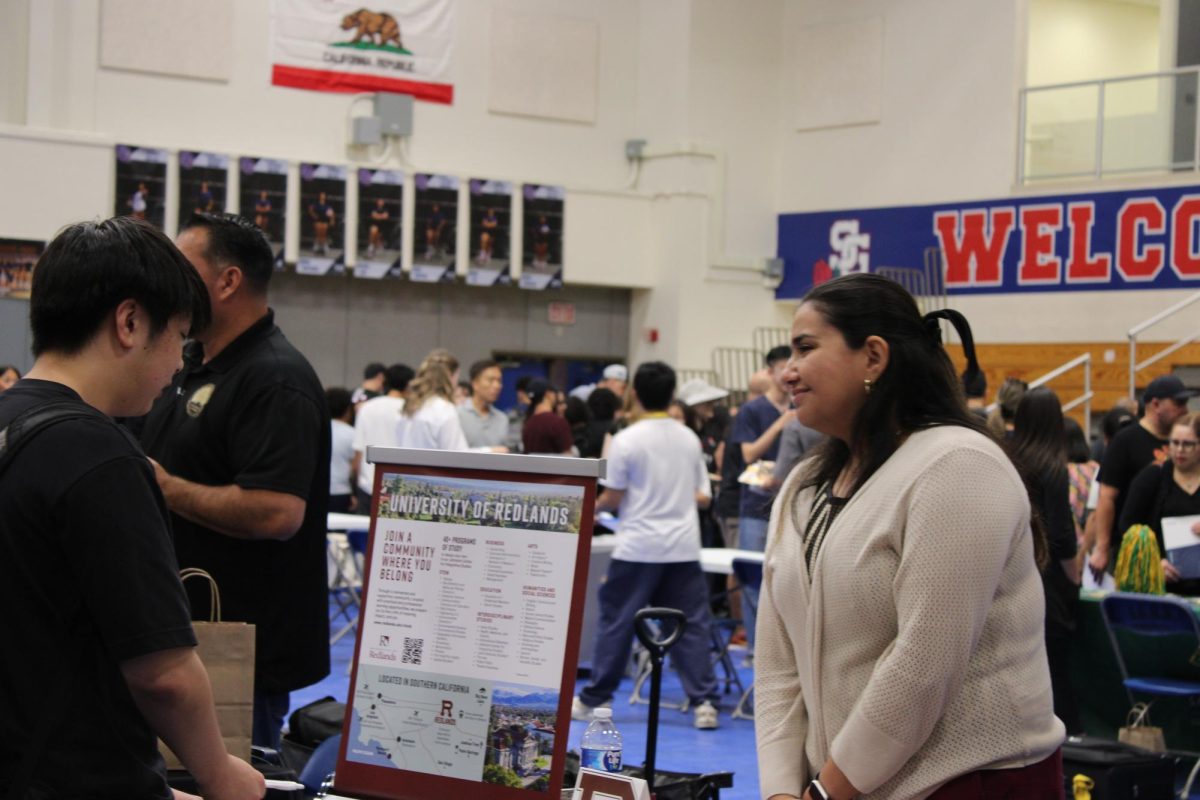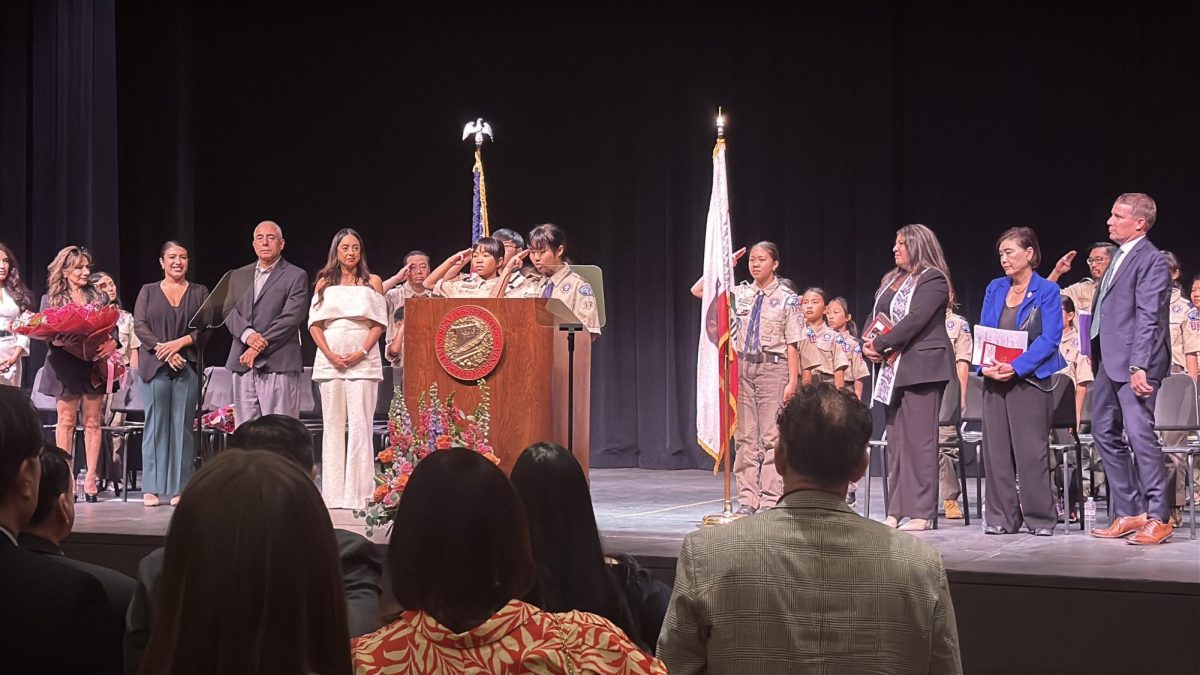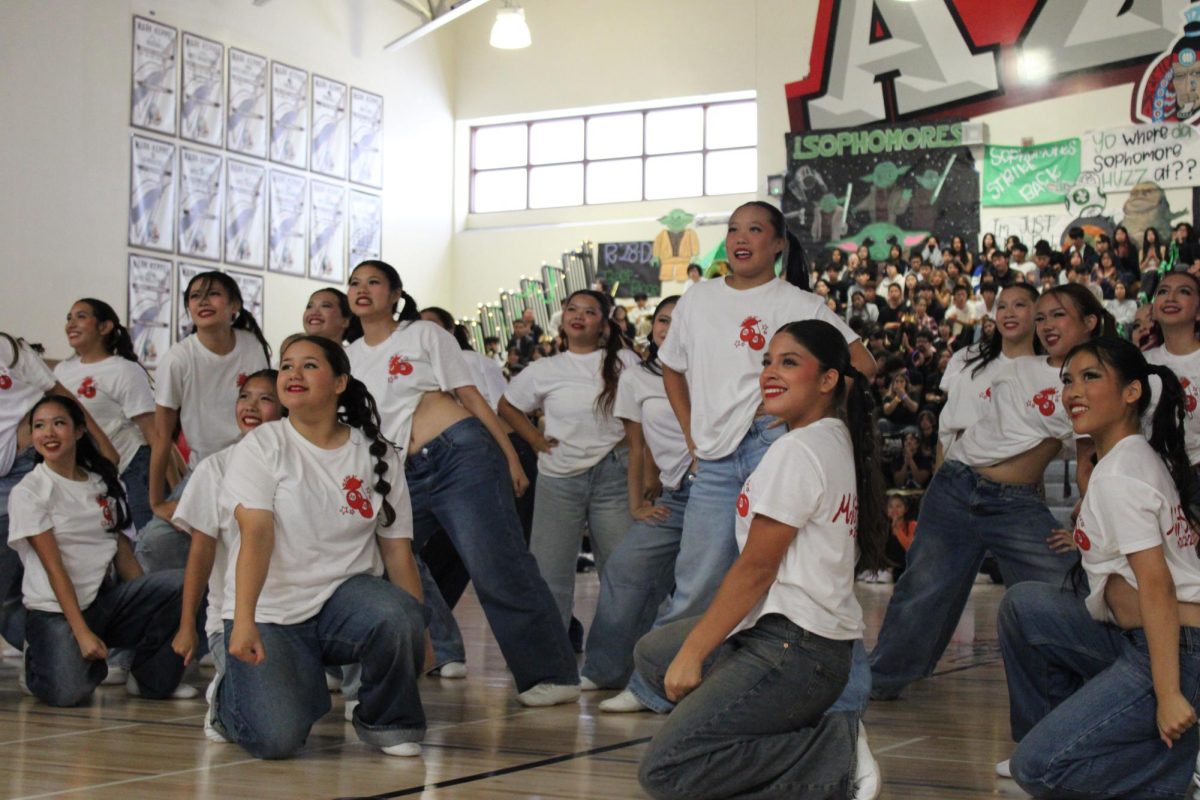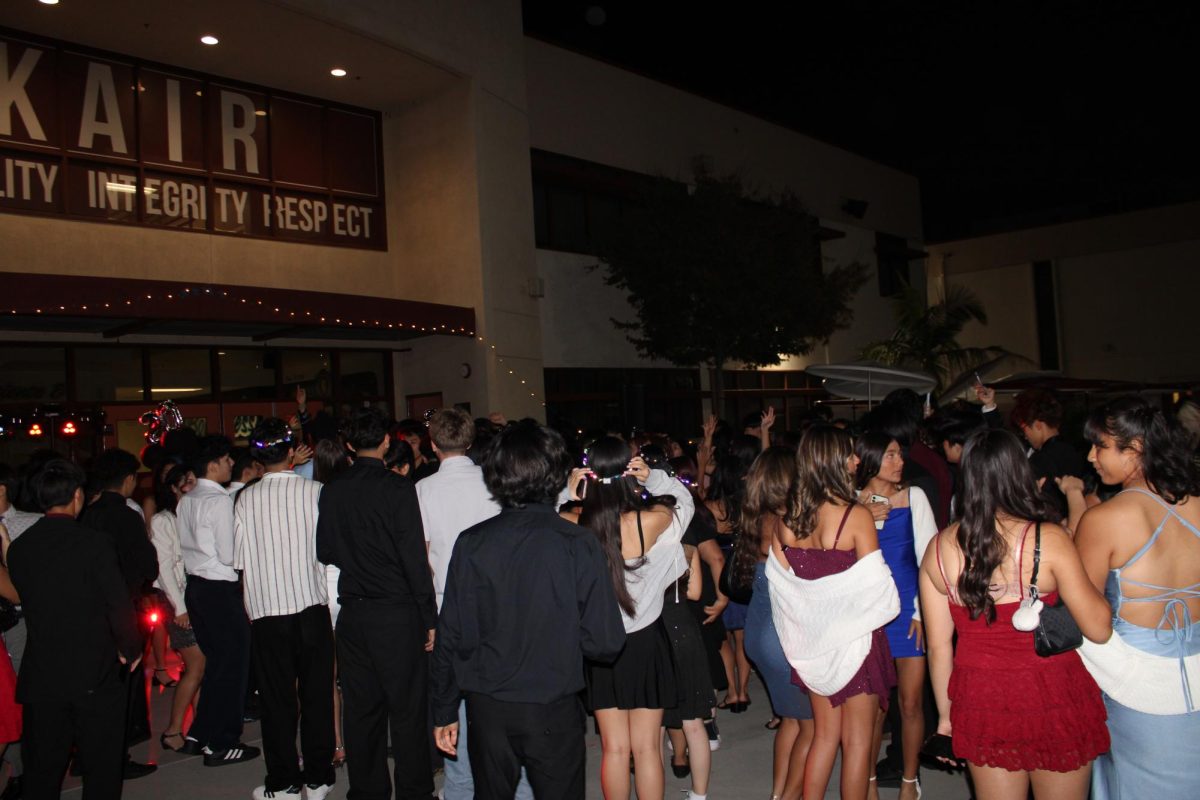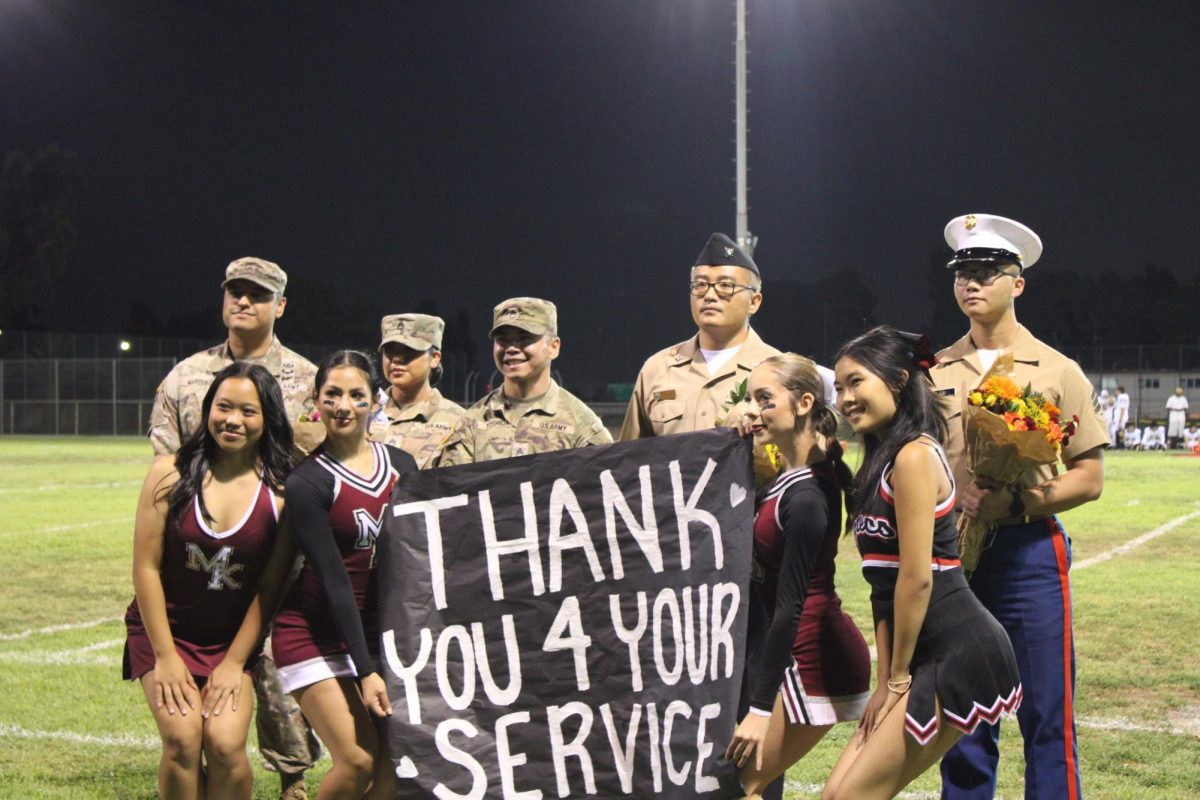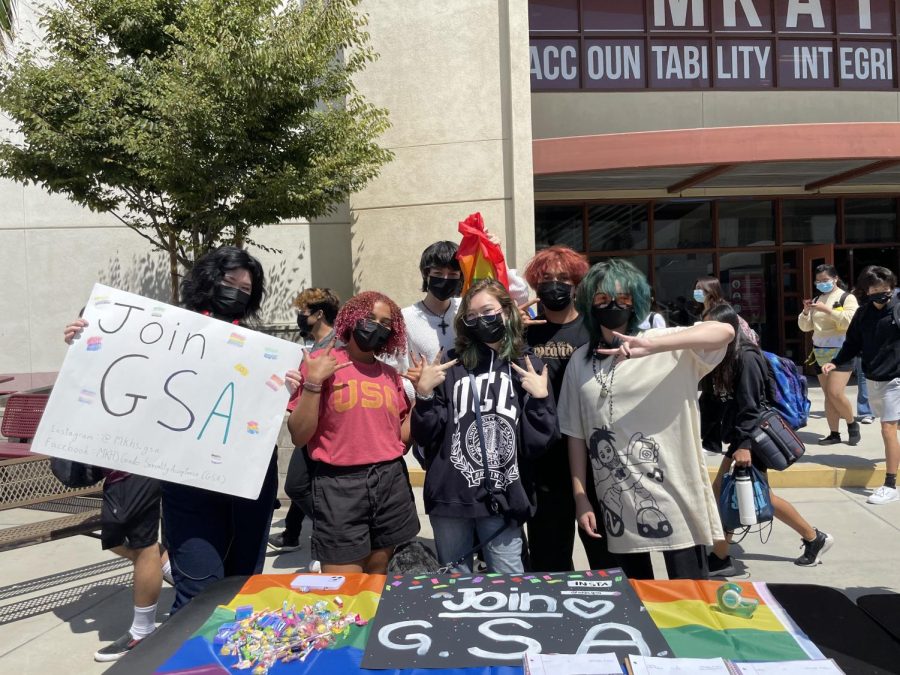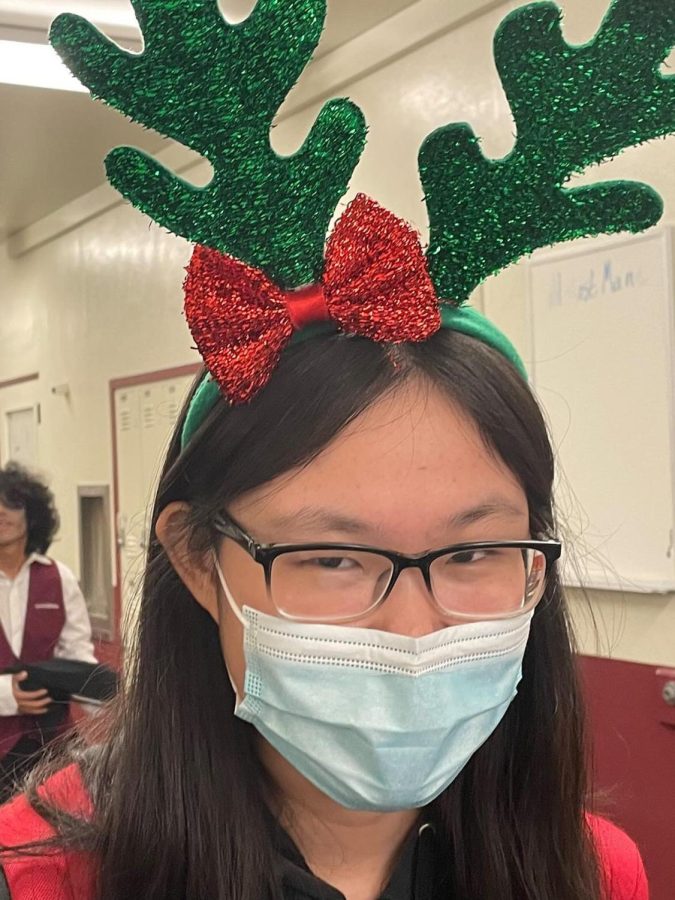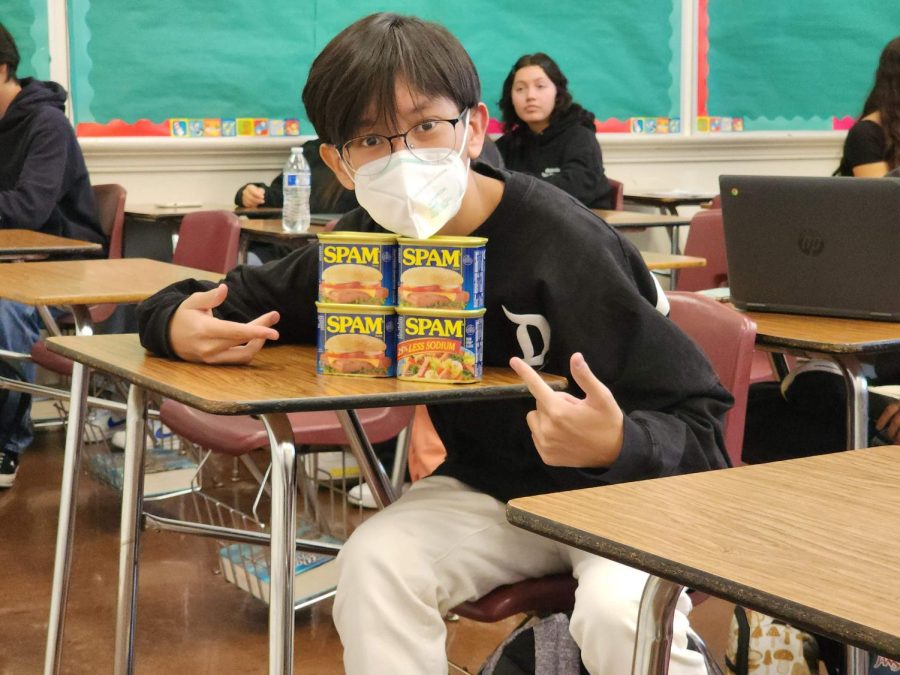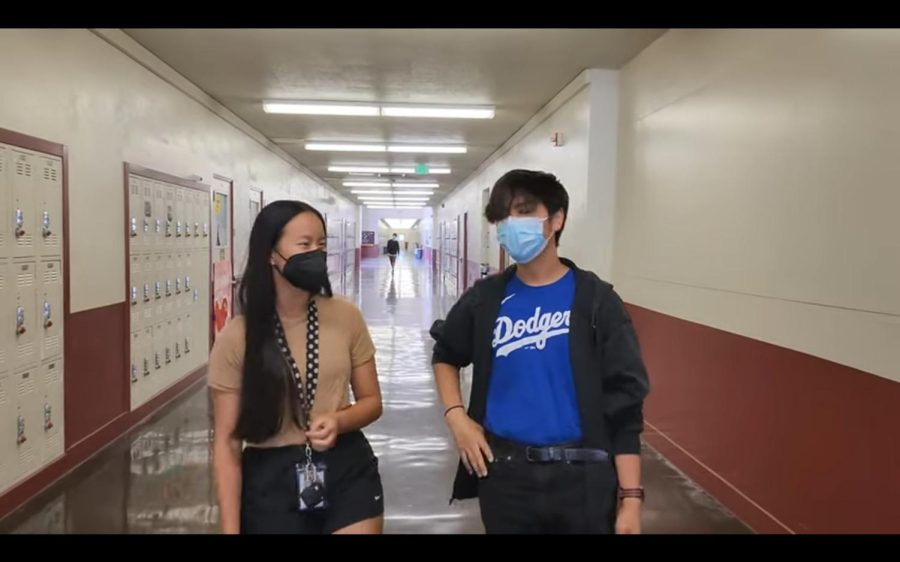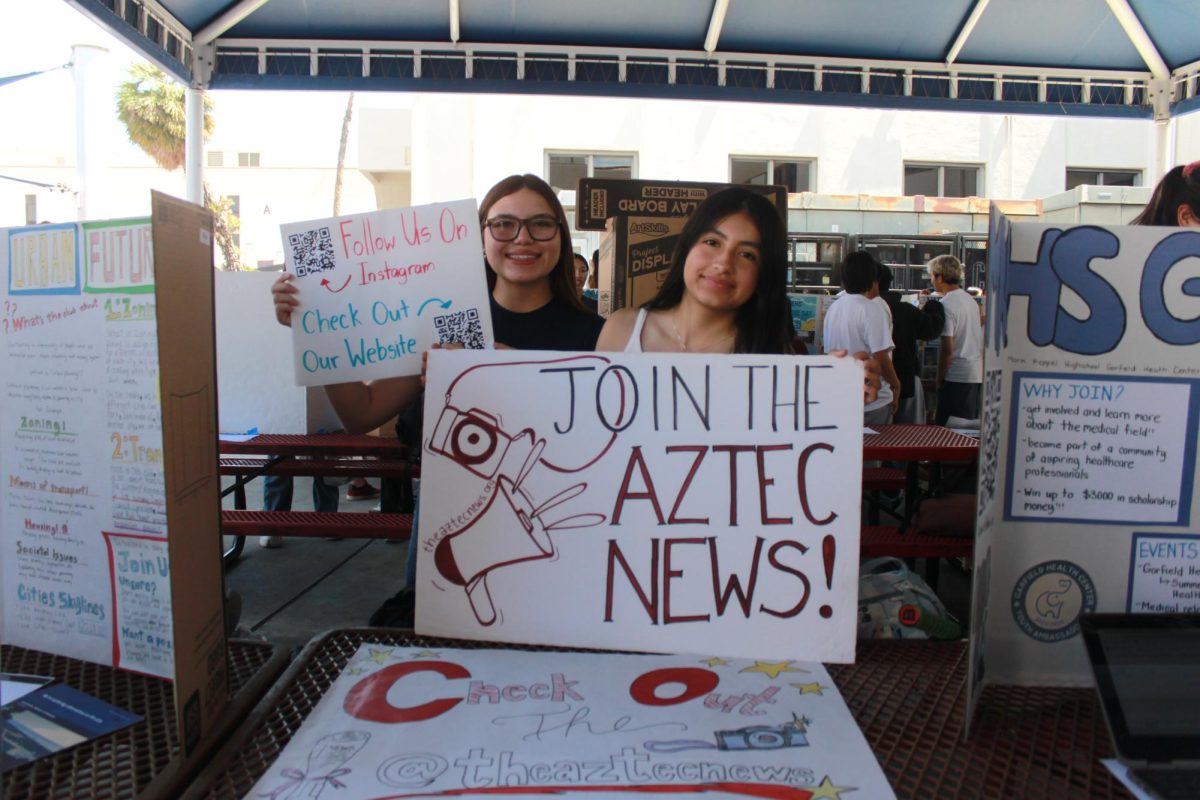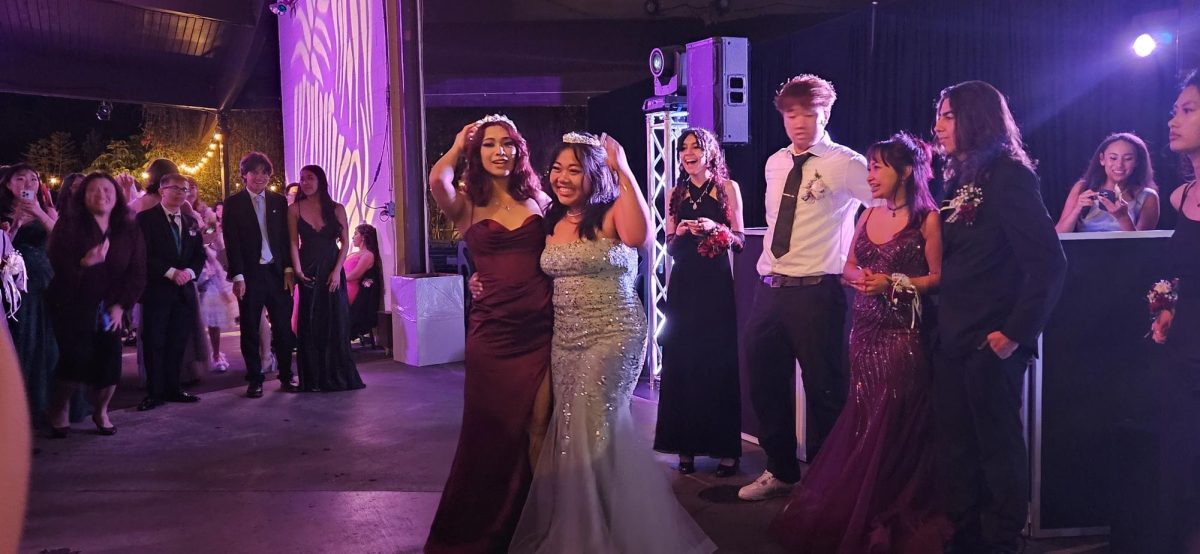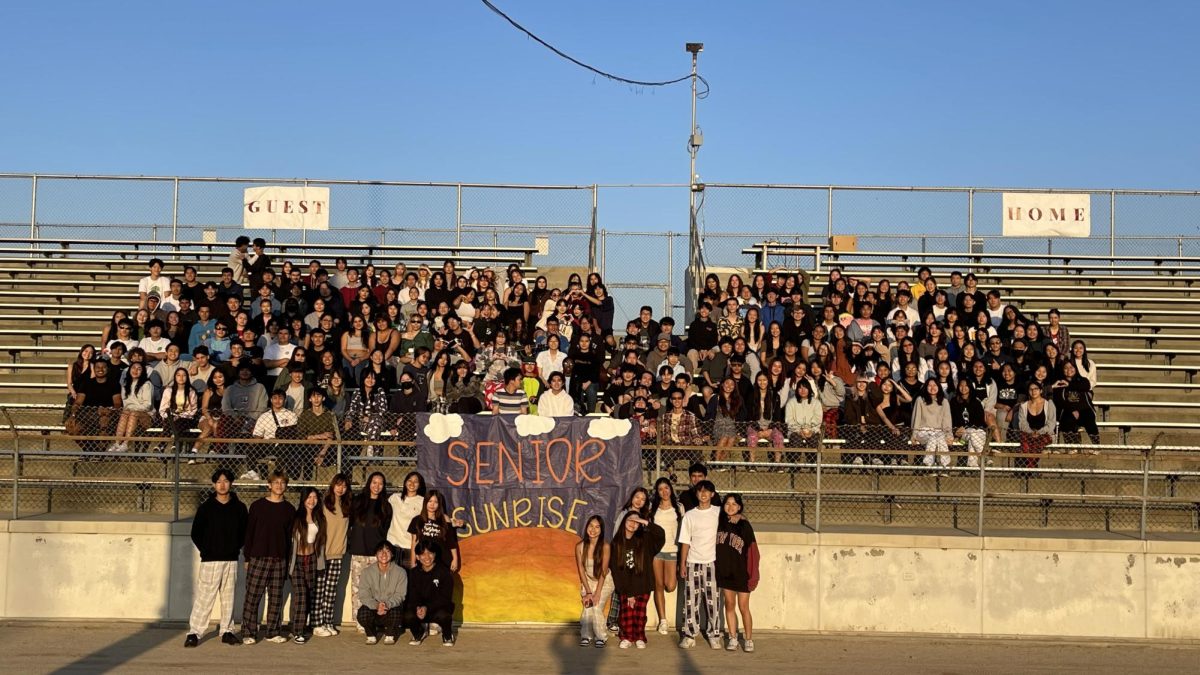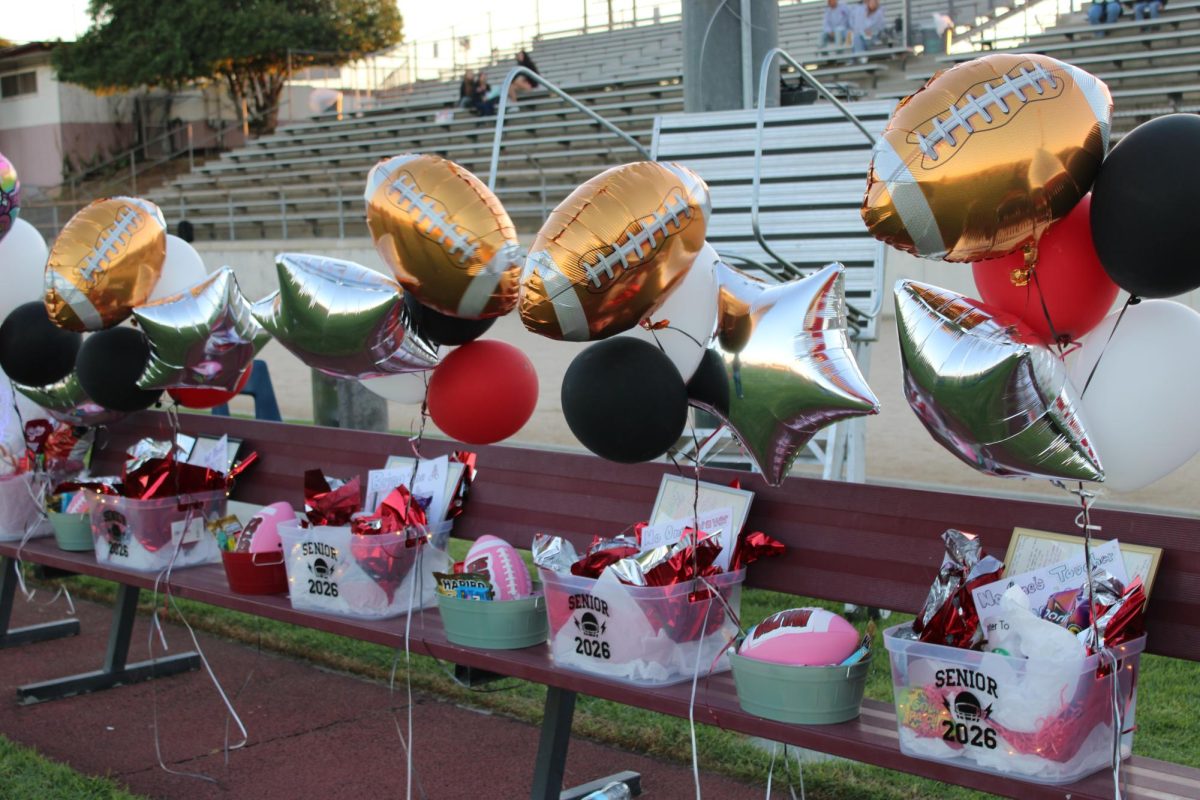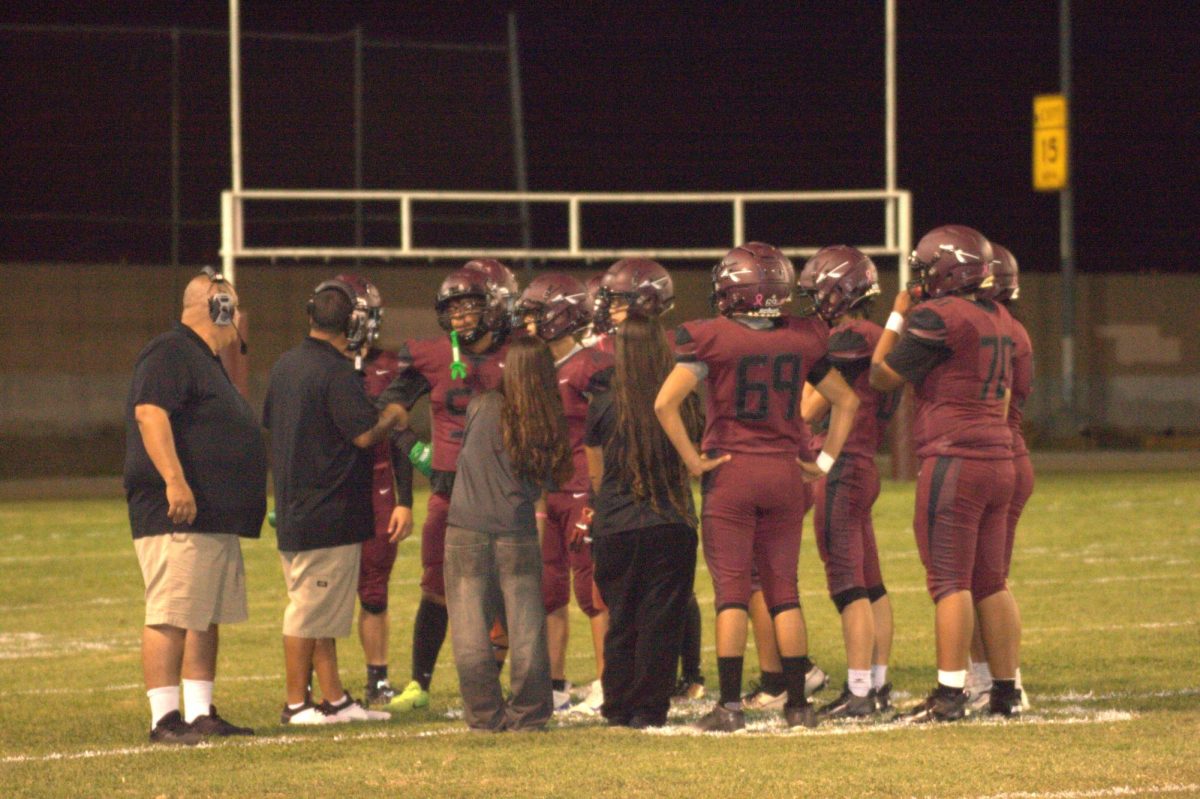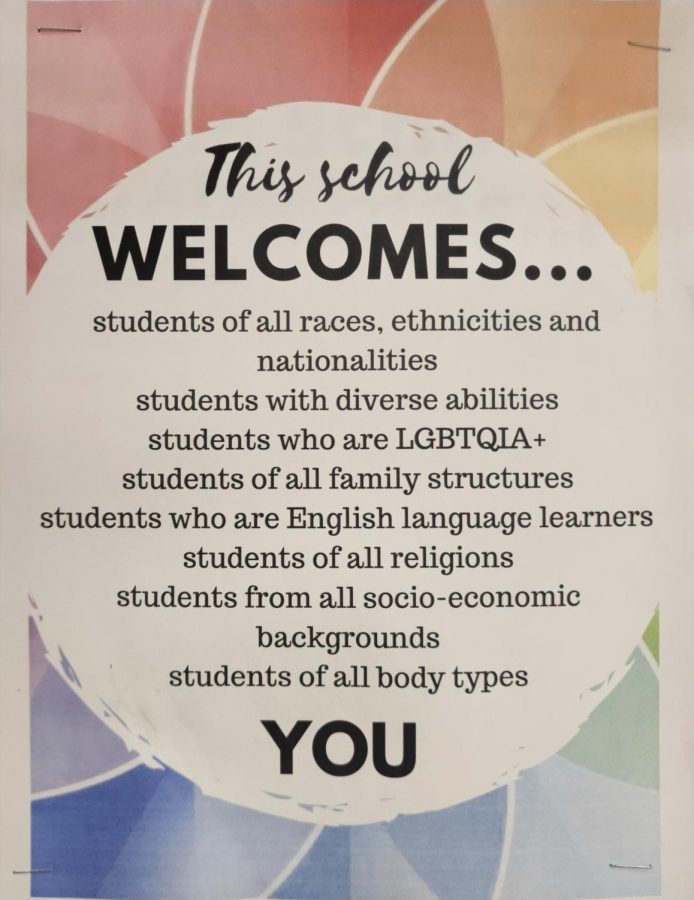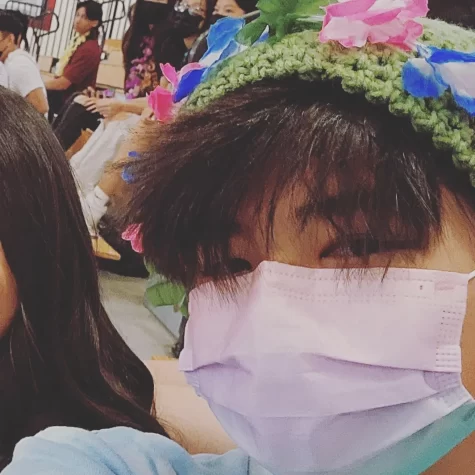What are Safe Spaces?
Photo by Machu Suh
“This School Welcomes you” poster plastered throughout MKHS
February 21, 2023
In a generation that chooses to deal more adequately with emotional wellness, one of the most common phrases you can hear being thrown around is ‘safe space’. Whether you’ve never used it or you’re it’s biggest advocator, you likely have heard the term, whether through social media, educational institutions, or just about any place in the present world. But what does safe space actually mean? Merriam Webster defines the term as “a place intended to be free of bias, conflict, criticism, or potentially threatening actions, ideas, or conversations.” But how does this picture perfect definition translate in real life?
Before a few months ago, I didn’t really have an answer to this question because I didn’t understand the phenomenon. I had heard of the word but there was no opportunity where I felt I needed to use it. Earlier this school year, when I first sat down in my English class, my teacher introduced herself and the first words she used to describe her class was ‘safe space’. At the time the phrase meant nothing to me, it was just a buzzword. I had heard it throughout social media, I had heard it from my friends, I had heard it in school. But I was numb to it because I didn’t think I would ever need one. I didn’t think there was anything I needed to say, or people I would want to say anything to if I did. But I’m happy to admit that I was wrong.
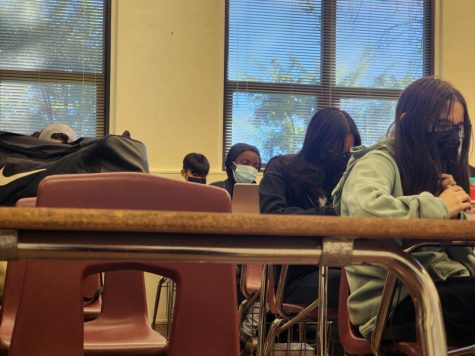
As the school year proceeded, the realization dawned that I too needed a space to be unapologetically myself and speak the deep thoughts that I’m too afraid to say out loud. Even though I have a loving and healthy environment at home, there are still topics I don’t talk about to anyone. Schools, classes, clubs, and even friend groups claim to be safe spaces, free of criticism, free of bias, and at a time I didn’t believe that. I would have rather buried my pain to the point of combustion, let the words be strangled in my throat and die on my tongue, before I ever confided in others. But after being exposed to an environment where everyone was going through something, I felt more comfortable sharing my own plagues. Whether through private writings or pitching in on conversations, slowly but surely, I felt more safe, although it left me feeling very vulnerable.
The very thing I scoffed at was the same thing that made me become more outspoken in class than I had ever been, knowing that even if I didn’t know, I wouldn’t be ridiculed. I finally came up with a definition that I feel fits what a safe space is to me. Safe Space: a place where one is free to be themselves in whatever capacity they need to be.
Whether it be tied to their race, gender, opinions, or even tragedies, safe spaces let people breathe because for the first time they are not battling against visible and or invisible forces deemed to silence them. They’re free, even if just for a little while. Safe spaces are anchors, something to hold onto when all seems lost. But not everything is lost, even if it feels like no one cares, that nothing can or will be changed. In personal experience, burying your feelings can eat you alive. For example, it’s like when you hold your breath underwater, just to see if you could survive, and bit by bit, with time and practice you can hold it for a long time, but eventually you have to come up to land and breathe the air, because no human can survive underwater forever, they would just drown. Safe spaces are havens for not only everyday mental health crises, but of those in times of tragedy, loss, and heartbreak. Everyone falls apart at some point, and this is a completely valid state to be in. This is why there are resources to help pick up the pieces. No one knows exactly what everyone is going through. Everyone’s stories are different. But the one thing they share, is the feeling of hopelessness and being lost, and this is the best place to find solace. With people who understand.

